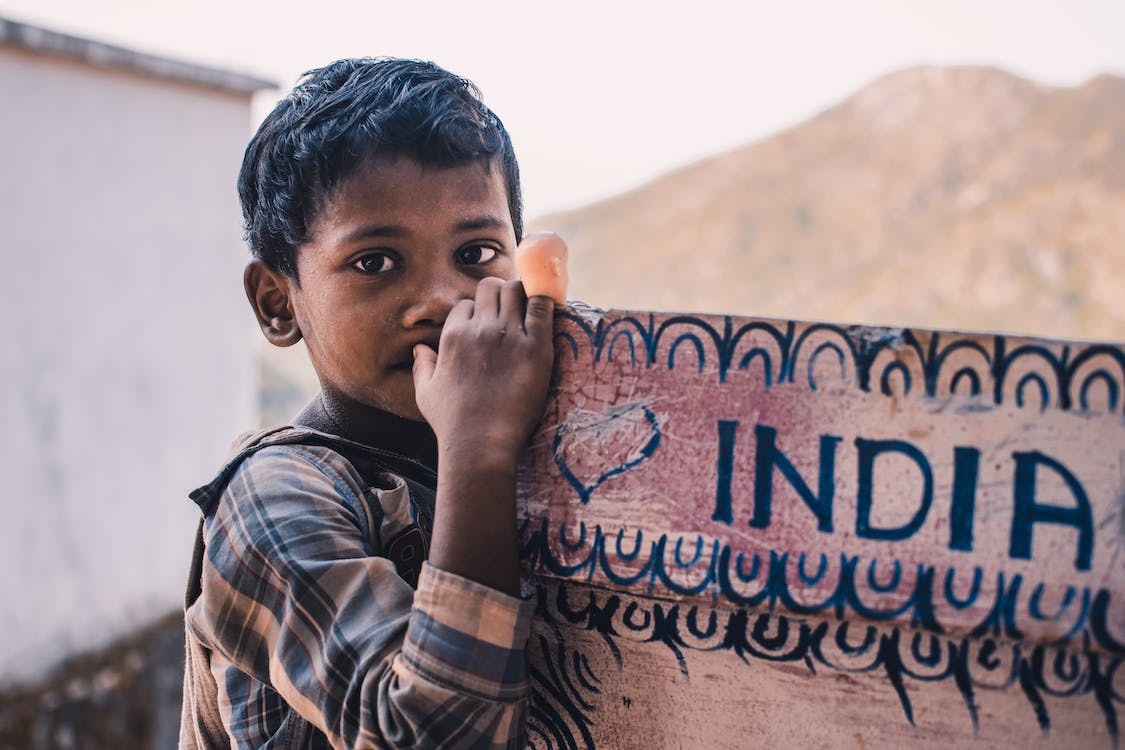National Integration: The Fabric of Unity in Diversity
Introduction:
India, often referred to as a subcontinent of diverse cultures, languages, and traditions, boasts a rich tapestry of pluralism. National integration, the process of fostering unity among this diversity, holds paramount significance in maintaining harmony and progress. In a nation where differences can be both a source of strength and challenge, the pursuit of national integration becomes an imperative. This essay delves into the concept, importance, challenges, and ways to promote national integration in India.
Understanding National Integration:
National integration involves creating a sense of oneness and shared identity among the citizens of a country. It transcends religious, linguistic, and regional divides, forging a cohesive bond that binds individuals together under the umbrella of a common nationhood.
The Significance of National Integration:
- Strength in Diversity: India’s diversity is its strength. National integration harnesses this diversity to collectively address challenges, capitalize on opportunities, and showcase the nation’s unity to the world.
- Cultural Enrichment: A unified nation benefits from the cultural exchange among diverse communities, leading to a rich cultural tapestry that celebrates traditions and heritage.
- Social Harmony: National integration fosters social cohesion, reducing conflicts arising from identity differences. It promotes mutual understanding and respect.
- Economic Progress: A united nation is more likely to work collaboratively for economic progress, resource sharing, and equitable development.
- Political Stability: National integration bolsters political stability by minimizing identity-based divisions that can be exploited by external forces.
Challenges to National Integration:
- Linguistic Diversity: India is home to numerous languages, making communication a challenge. Encouraging multilingualism and recognizing a common lingua franca helps bridge this gap.
- Regionalism: Regional disparities in development can lead to sentiments of neglect or marginalization, impacting national unity. Balanced development policies can address this.
- Religious Divide: Religion has been both a unifying and divisive factor. Encouraging interfaith dialogue and promoting secularism help bridge religious divides.
- Caste and Class Differences: Socio-economic disparities and caste-based discrimination pose challenges. Affirmative action and social welfare programs promote inclusivity.
- Political Exploitation: Divisive politics can exploit identity differences for electoral gains. Awareness and responsible voting can counter this trend.
Promoting National Integration:
- Education: Inculcating values of unity, diversity, and patriotism through education creates an informed citizenry that values national integration.
- Cultural Exchange: Cultural events, festivals, and exchange programs celebrate diversity while promoting a shared sense of identity.
- Language Unification: Encouraging the learning of multiple languages, alongside a common language, facilitates better communication.
- Inclusive Policies: Equitable distribution of resources and opportunities reduces regional disparities and fosters a sense of belonging.
- Media and Communication: Responsible media portrayal of diverse cultures and contributions can bridge gaps and promote understanding.
- Interfaith Dialogue: Open conversations about religion foster tolerance and understanding, diminishing religious tensions.
- Promotion of National Symbols: National symbols like the flag and anthem evoke a sense of unity and pride among citizens.
Role of Youth:
The youth play a crucial role in promoting national integration. Their open-mindedness, energy, and willingness to embrace diversity can pave the way for a more integrated future. Educational institutions can emphasize intercultural exchange, patriotism, and the importance of unity.
Conclusion:
National integration is the cornerstone of a strong and harmonious nation. It acknowledges differences while emphasizing the shared identity that binds us together as Indians. In a world marked by divisions, India’s example of unity in diversity is a testament to the power of national integration. It’s a collective responsibility that requires continuous effort, dialogue, and inclusivity. As we navigate the intricate mosaic of India’s diversity, let us remember that a united nation stands stronger, progressing towards a future marked by peace, prosperity, and shared achievements.

